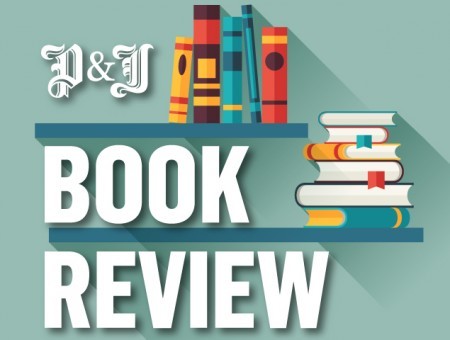Hardback by Little, Brown, £14.99 (ebook £5.29)
Imagine how it would feel for your success to actually be part of your
struggle. To feel so pigeonholed into all that made you popular that it
is actually scary to consider making a change of direction. That is
exactly how Pandy Wallis feels in Candace Bushnell’s latest novel
Killing Monica.
After making her name and fortune in a series of books
and films charting the life of New Yorker ‘Monica’, a change in mindset
and divorce sparks the need to write a different style of novel that
has nothing to do with the notorious Monica. (For Monica, it’s hard not
to read Bushnell’s previous creation, Sex And The City’s Carrie
Bradshaw).
However, her publishers, loved ones and fans don’t want to
hear or read a novel about her ancestors, and it leads Pandy to
question all that she thought she knew about herself and those around
her.
Bushnell charts Pandy’s search for identity as she meanders
through the world of celebrity and fame, questioning what it means to
be a woman and a writer, and what it means to succeed. A great addition to Bushnell’s ever-popular novels, Killing Monica will make you look at relationships, success and identity in a whole new light.

